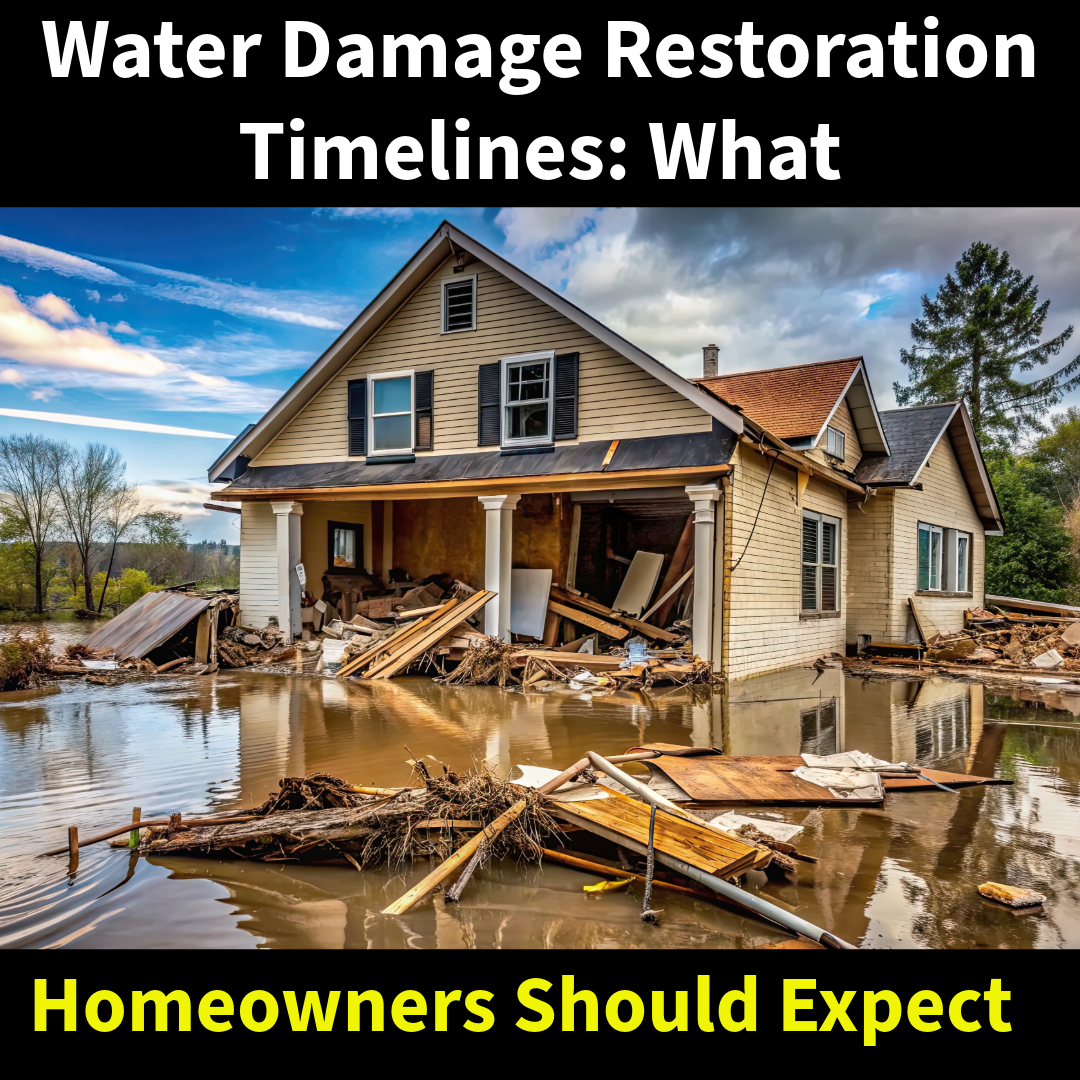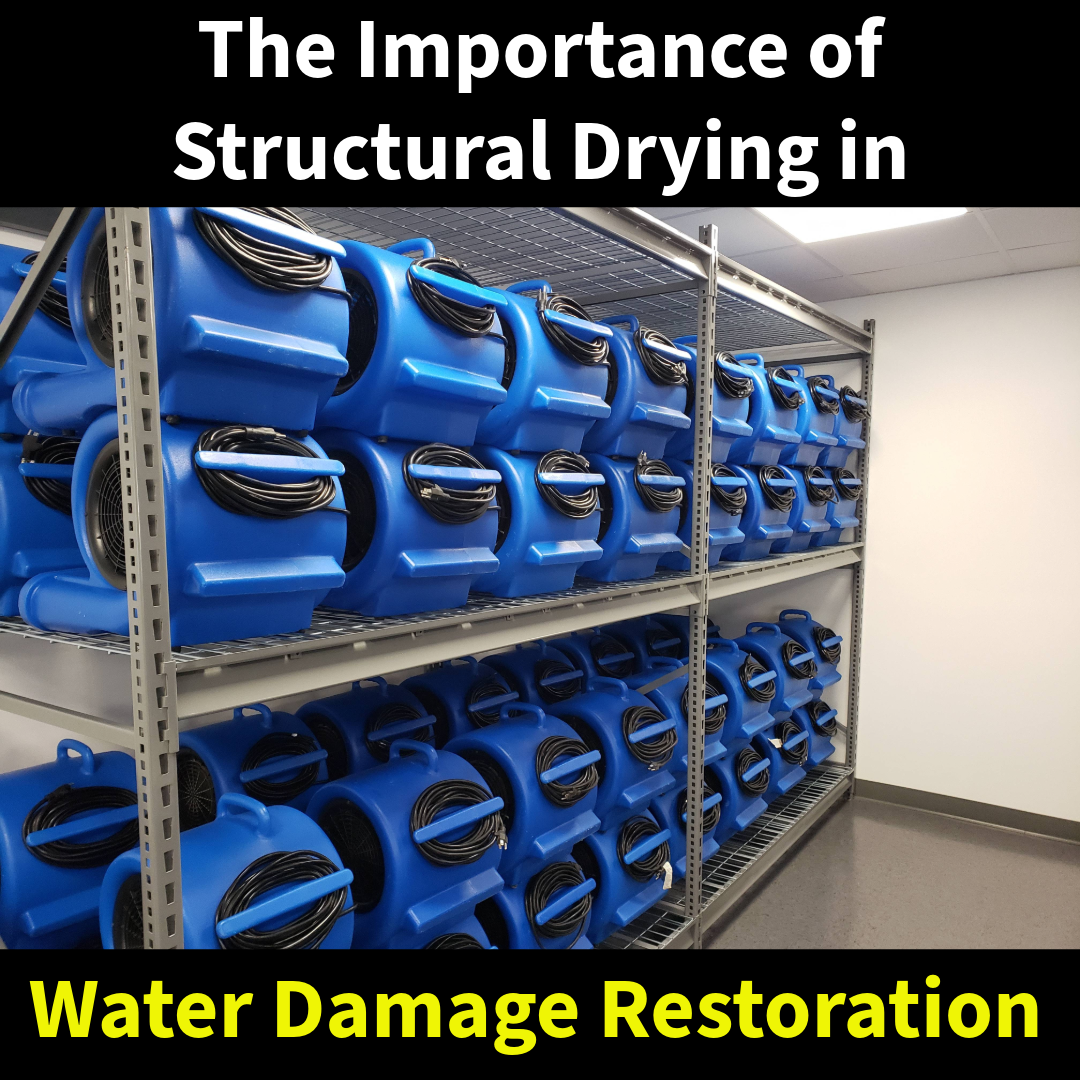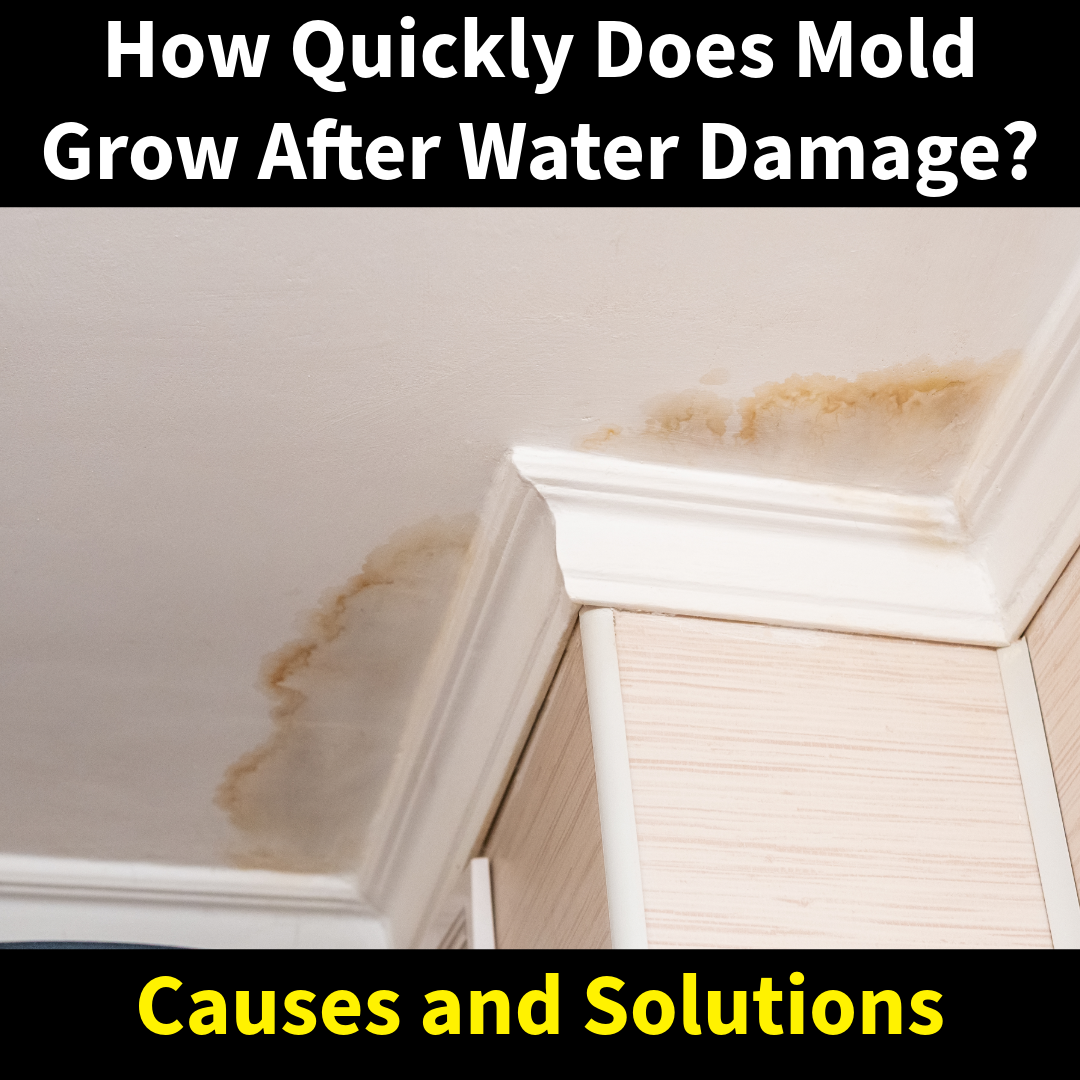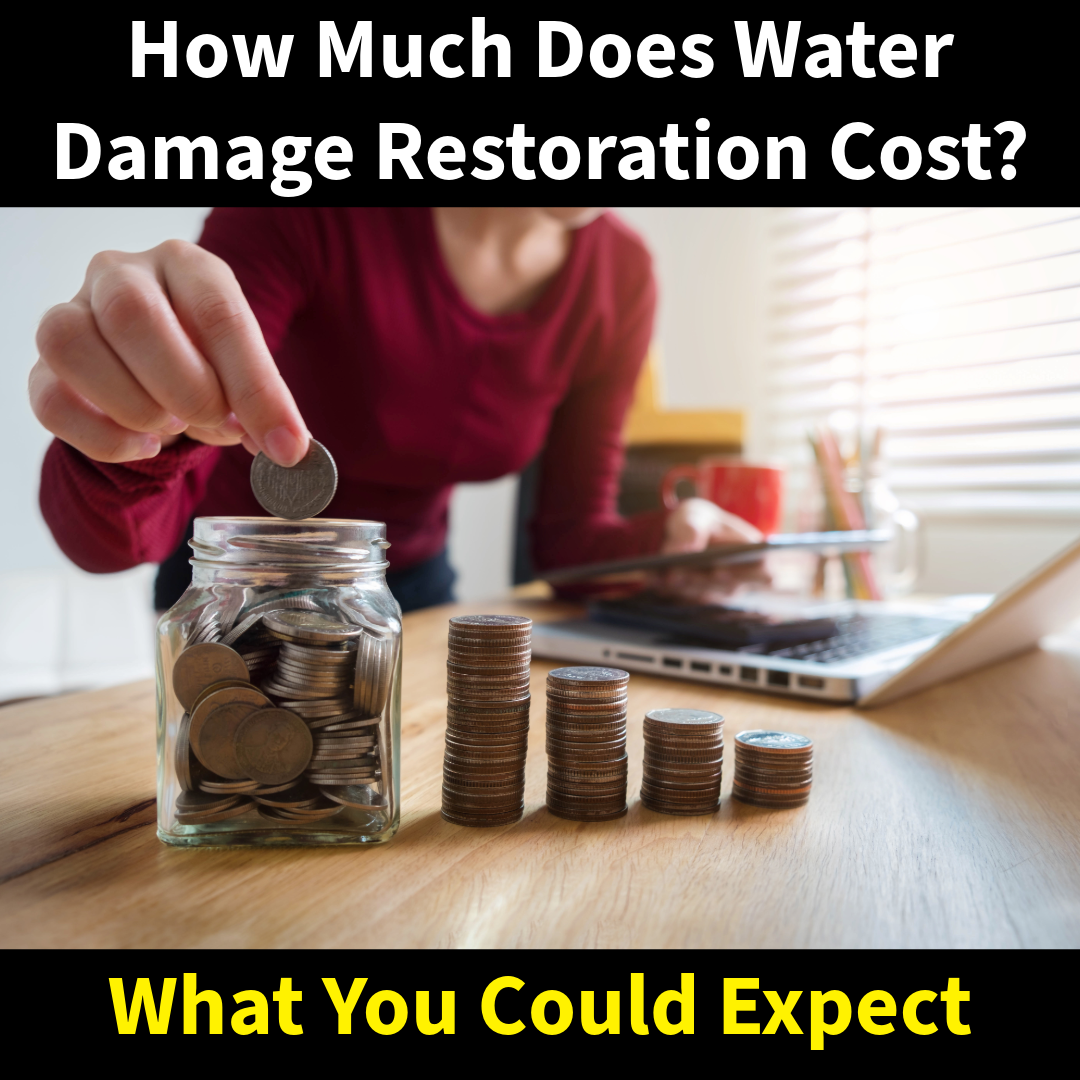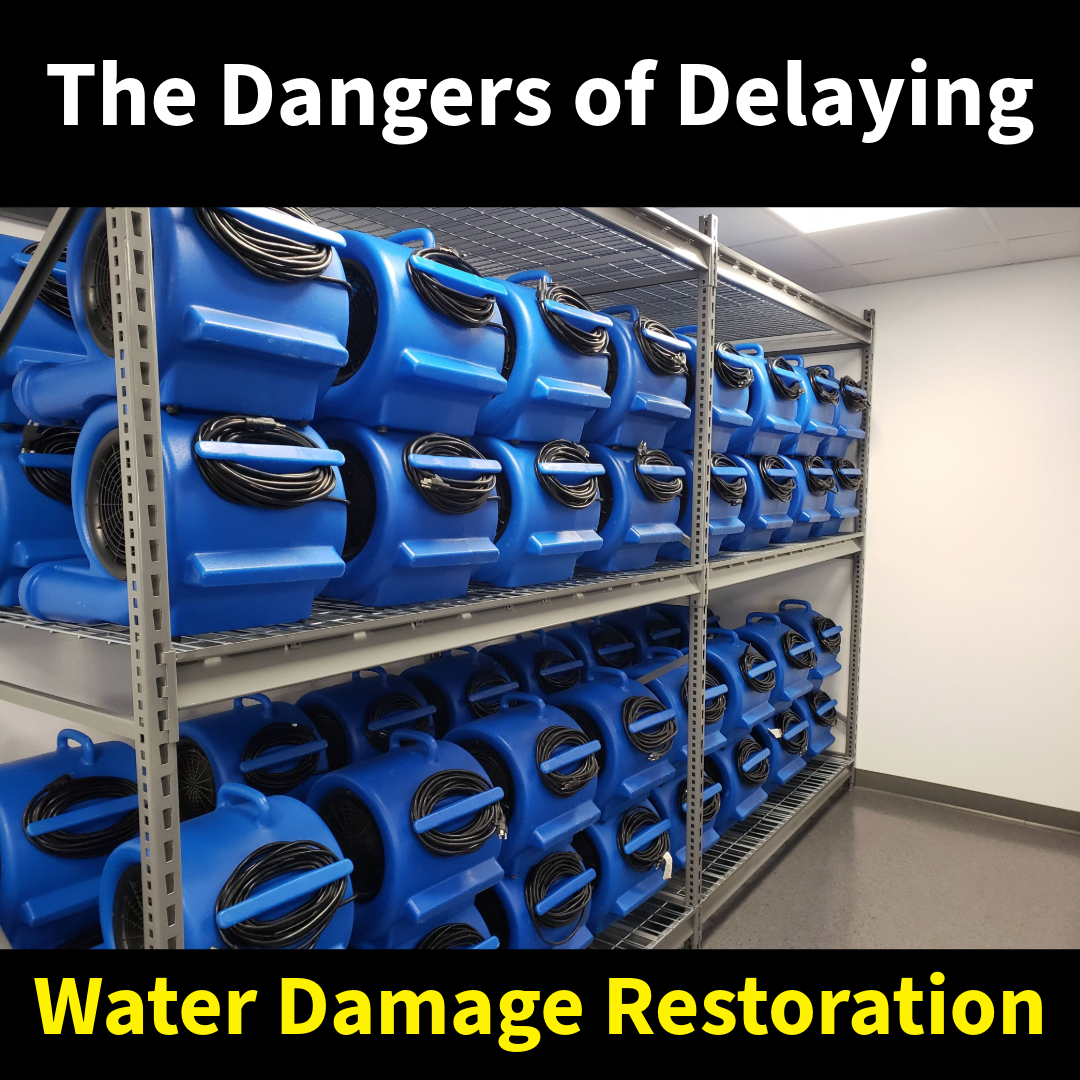As summer heat fades and the leaves begin to fall, homeowners face a new set of risks when it comes to protecting their property. Autumn brings heavy rains, dropping temperatures, and plenty of debris that can quickly overwhelm your home’s defenses. Without proper preparation, these seasonal changes can lead to costly water damage that only worsens as winter approaches.
The good news? A few smart steps now can save you from major headaches later. Here are the best ways to keep your home dry and safe this fall.
Keep Water Flowing Away From Your Home
Falling leaves and twigs are more than just a chore — they can clog gutters and downspouts, forcing water to spill over and pool near your foundation. That water doesn’t just disappear; it seeps into basements and crawlspaces.
- Clean gutters and downspouts regularly throughout the season.
- Make sure downspouts extend far enough to direct water away from the house.
- Check the grading around your home — soil should slope away, not toward your foundation.
Inspect Your Roof, Windows, and Doors
Your roof and exterior openings are the first line of defense against fall rains. After months of hot sun and summer storms, shingles and flashing may already be weakened.
- Look for missing or curled shingles.
- Inspect flashing around chimneys and vents.
- Check windows and doors for gaps or failing caulk where water could seep in.
Protect the Basement and Crawlspace
The lowest parts of your home are often the first to show signs of water damage. As nights grow colder, small cracks in the foundation can widen, letting in seepage.
- Seal visible cracks and monitor damp spots.
- Test your sump pump by pouring water into the pit to ensure it runs properly.
- If you don’t already have one, consider a battery backup system in case of power outages during fall storms.
Prepare Your Plumbing for Cooler Weather
Burst pipes may feel like a winter problem, but prevention starts in the fall. Once the first freeze arrives, unprotected outdoor plumbing is at risk.
- Disconnect garden hoses and shut off outdoor spigots.
- Insulate any exposed pipes in basements, garages, or crawlspaces.
- Have your plumbing system checked for leaks before colder nights set in.
A Little Prevention Goes a Long Way
Taking time to handle these tasks now can help you avoid the stress and cost of water damage later in the season. Still, even the most prepared homeowner can’t always control what Mother Nature has in store.
If you notice signs of water damage — damp walls, musty odors, standing water, or mold — MSI is ready 24/7 to help. Our water damage restoration experts will quickly assess the problem, stop the damage from spreading, and restore your home so you can focus on enjoying the season.
📞 Call MSI anytime at 215-339-1769 for fast, reliable water damage restoration.

